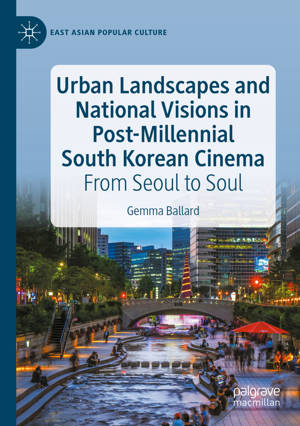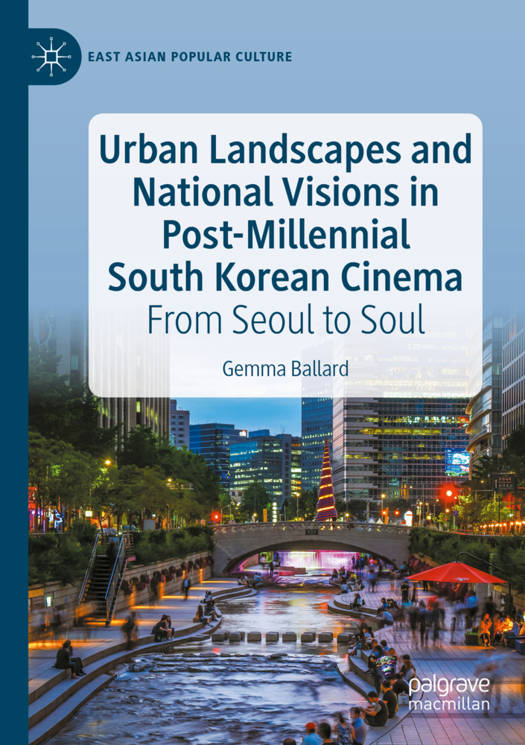
- Retrait gratuit dans votre magasin Club
- 7.000.000 titres dans notre catalogue
- Payer en toute sécurité
- Toujours un magasin près de chez vous
- Retrait gratuit dans votre magasin Club
- 7.000.000 titres dans notre catalogue
- Payer en toute sécurité
- Toujours un magasin près de chez vous
Urban Landscapes and National Visions in Post-Millennial South Korean Cinema
From Seoul to Soul
Gemma Ballard
116,45 €
+ 232 points
Format
Description
This book explores South Korean cinema's inimitable relationship with the urban landscape and identifies the ways in which Seoul is utilised as a celluloid canvas, national artefact and, above all else, a distinctive cultural backdrop. Using five different approaches to urban space, from five distinctive and contrasting theoretical perspectives, Urban Landscapes in Post-Millennial South Korean Cinema investigates and seeks to understand why the cinematic representation, identity and presence of Seoul have been central to the preservation and recognition of the South Korean film industry as an independent, autonomous and nationally unique institution.
Spécifications
Parties prenantes
- Auteur(s) :
- Editeur:
Contenu
- Nombre de pages :
- 173
- Langue:
- Anglais
- Collection :
Caractéristiques
- EAN:
- 9783031297410
- Date de parution :
- 12-05-24
- Format:
- Livre broché
- Format numérique:
- Trade paperback (VS)
- Dimensions :
- 148 mm x 210 mm
- Poids :
- 251 g







